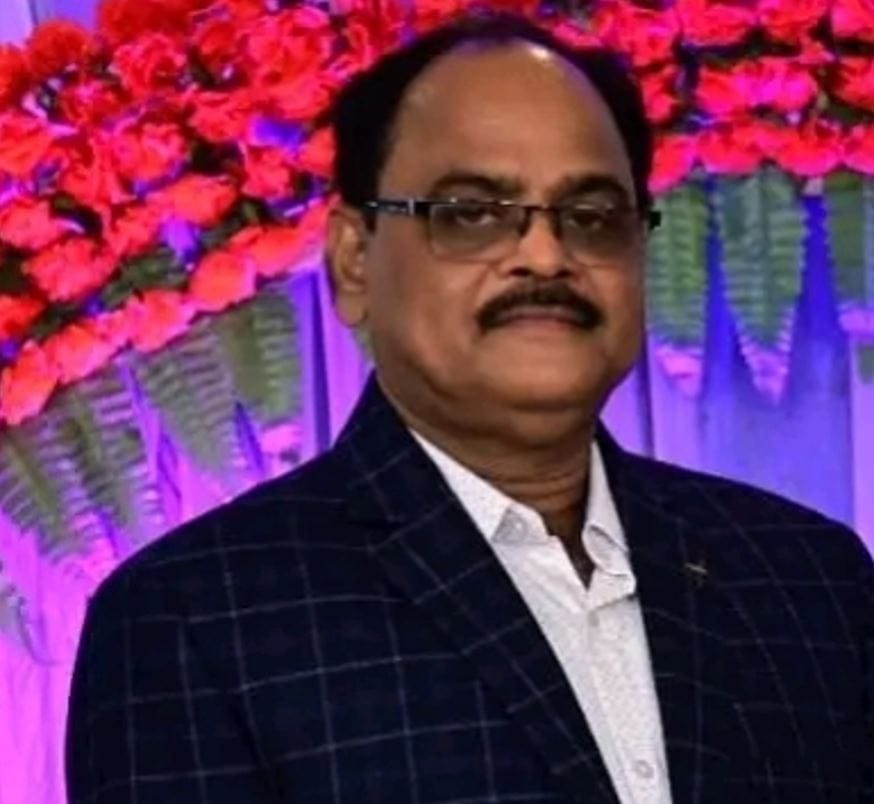Financial independence and early retirement—a dream for many may remain a distant dream for many more. Finsafe India’s State of Financial Wellbeing at Workplace Report 2024-25, a survey taken by 4,289 working professionals, shows that being unprepared for long-term monetary goals and job loss are among the top financial challenges. This is not surprising, given that 50% of the respondents reported saving less than 20% of their take-home salary.
In fact, over the last three years that the annual survey has been conducted, the proportion of high savers (people saving > 40% of the take-home salary) has been declining, and there is a notable increase in the percentage of individuals who are not prepared for emergencies. Besides, an increasing majority of respondents are worried about achieving financial goals.
Indians are financially stressed, and this cannot bode well for the economy.
While people save, get insured and invest, they are not sure how to assess the right amount and instrument. Take the case of an emergency fund—one relies on what is in the savings account. With loans being readily available, individuals try to maximize returns by investing these funds in equities, not realizing the impact high-cost loans can have on one’s finances. A similar thought process plays out in the case of life insurance, which leads to people buying investment-linked insurance policies instead of focusing on life cover through a term plan.
the three-step
Here is how people can address the two main financial stressors highlighted in the report, and get from being underinsured and underinvested to having enough capital for uncertainties and financial goals.
To start, set aside three to six months of expenses in a fixed deposit. It is the most accessible investment at the time of need.
Take an external health insurance cover in addition to the employer cover to have continuous coverage in case of job loss. The Arogya Sanjeevani would suffice as an additional cover. It is a standard health cover provided by all insurance companies.
The emergency fund can only help up to a point. With the changing job environment and financial goals getting costlier, one must build a good foundation by saving at least 30-40% of the take home. This can happen only by partially reducing lifestyle expenses and limiting monthly installments to 30% of the salary.
A person with high savings has investments compounding, whereas a person with high loans has the interest paid compounding. For example, A and B earn 10 lakh per year each, with both spending 30% on expenses. A invests 40% of the take-home salary and has 30% going towards loans. B invests 20% of the salary and has 50% of it going towards loan repayment. Assuming 10% pa return on investment (RoI) and loan interest at 9% pa, at the end of 20 years, net of expenses and EMI, A will have 1.35 crore while B’s net worth would be negative 32 lakh. Clearly, saving money today may be painful but it does beautify life tomorrow.
investing in equities
The benefits of starting to invest early are well known. Increasing these investments by 10% every year has a snowball effect and will help build a substantially larger corpus. If A invests 15,000 every month in a systematic investment plan and assuming 12% RoI, at the end of 30 years, the corpus would be 4.62 crores. If A steps up the SIP by 10% every year, the corpus at the end of 30 years would be 11.97 crores.
Having a high equity allocation, especially for long-term financial goals, is becoming imperative. For all the brouhaha around equities, the percentage allocation at a household level is less than 10%. At least 30-40% equity allocation is a must to be able to reach the large target values. Sample this: 25,000 invested every month for 25 years will grow to 2 crore @ 7% versus 3.35 crore @ 10% pa The kicker in returns can come only from equities, that too when they are invested the right way through mutual funds and not by trading or buying random stocks. A simple strategy would be to invest in a Nifty 50 index fund and hold it for a minimum of 7-10 years.
Investing 40% of the take-home salary, stepping up investments regularly, and having high equity allocation can go a long way in building a good corpus to tide over uncertain times, as well as meet financial goals.
Mrin Agarwal is founder-director of Finsafe India.

Dhuleswar Garnayak is a seasoned journalist with extensive expertise in international relations, business news, and editorials. With a keen understanding of global dynamics and a sharp analytical mind, Dhuleswar provides readers with in-depth coverage of complex international issues and business developments. His editorial work is known for its insightful analysis and thought-provoking commentary, making him a trusted voice in understanding the intersections of global affairs and economic trends.



